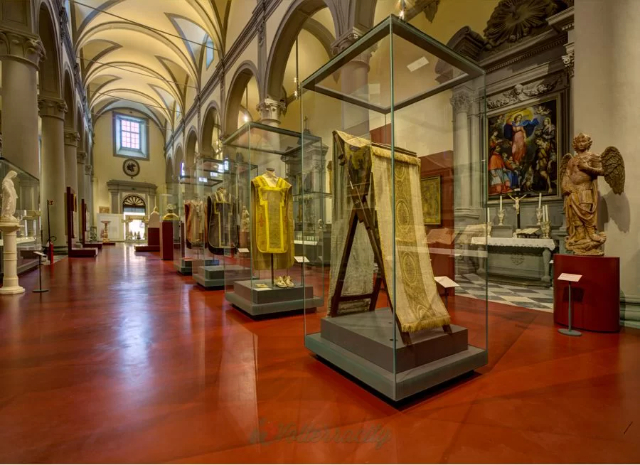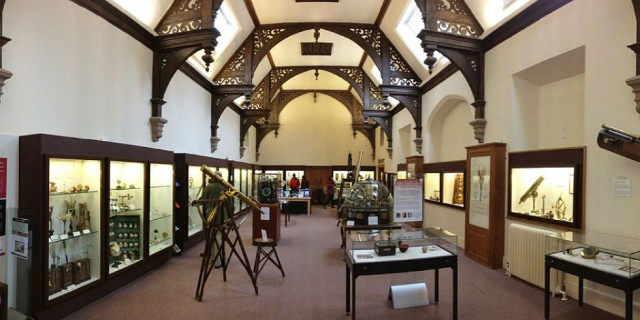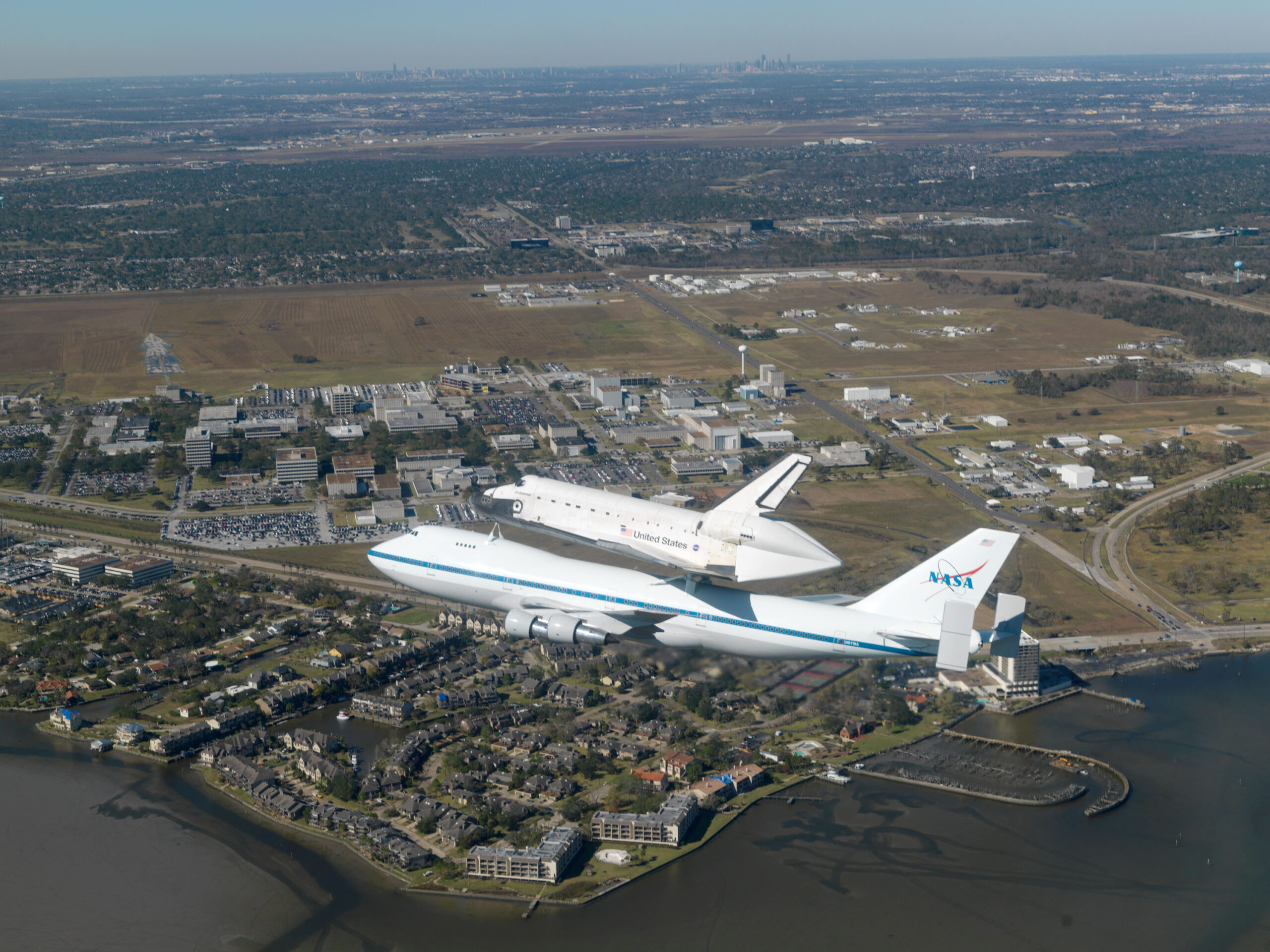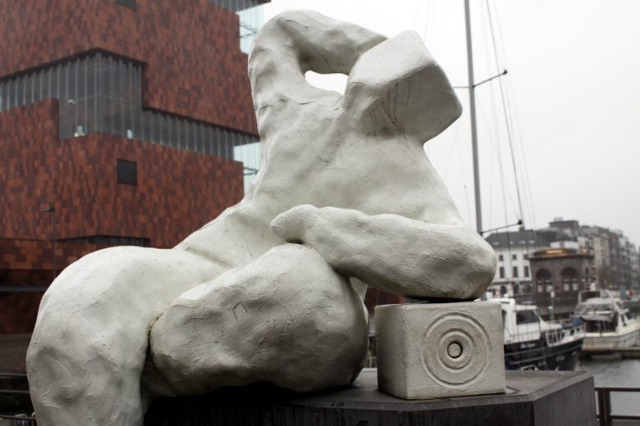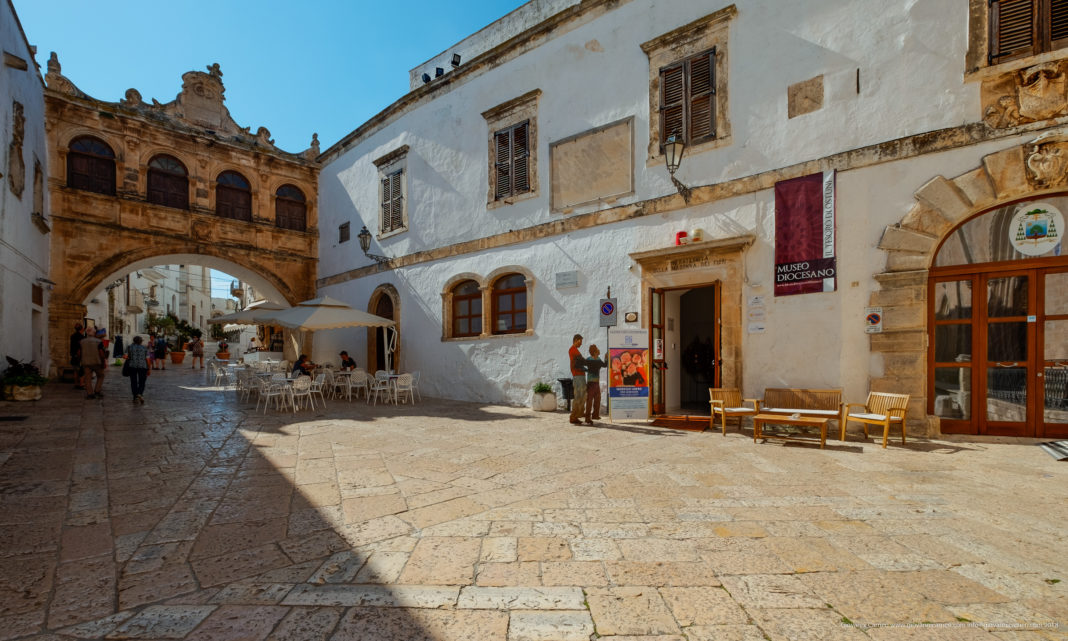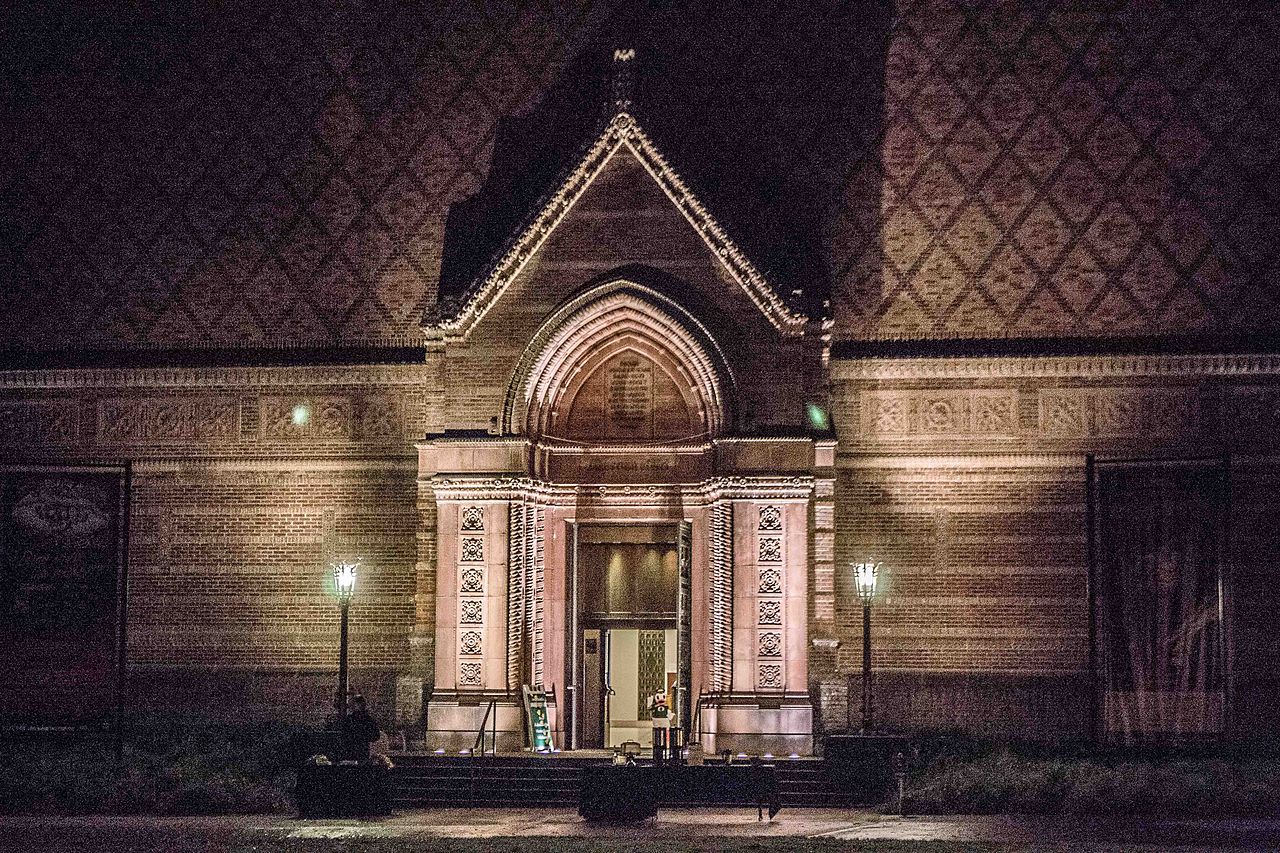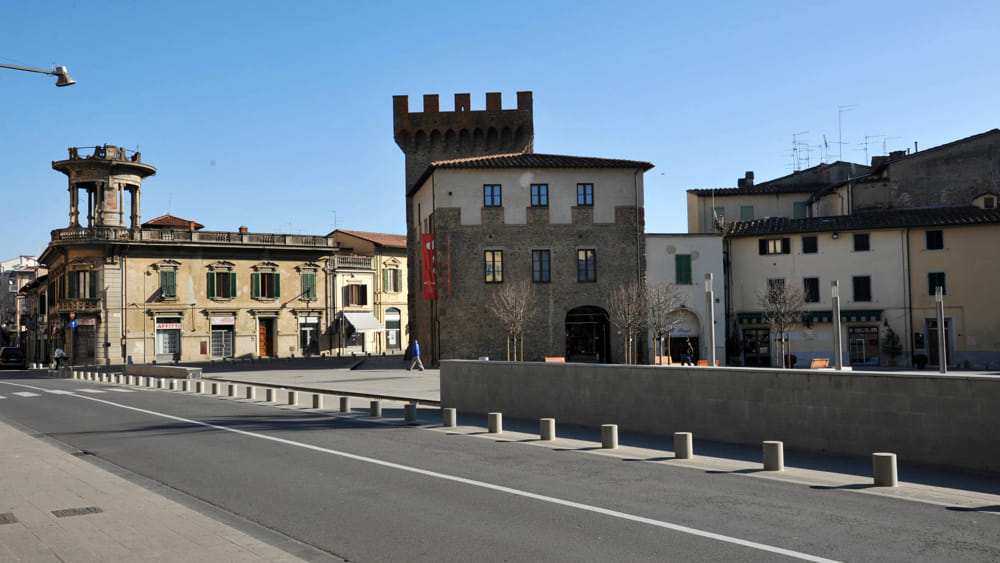The museum was established in the 1930s at the Bishop’s Palace, desired by Corrado Ricci in the early 20th century and established thanks to Cathedral Canon Maurizio Cavallini. Forced to close due to some damage sustained during World War II it reopened and closed in alternating phases until the end of the century in the face of continuous and long-standing structural work. So it reopened in the 1950s, closed in the 1980s, reopened in the 1990s, until the less onerous decision was made to move the museum to the beautiful Church of St. Augustine.
The museum is being revived following a layout design by Guicciardini & Magni Architetti;
The exhibition presents works from the Cathedral and, to a small extent, from churches in the Diocese; but its greatest merit is that it preserves, in addition to some paintings, wood and fictile sculptures, sacred vestments, the only surviving marble sculptures of the great 14th-century monuments erected in the Cathedral.
Several columns from the 11th century are lined up under the loggia of the rectory. Along the stairs is the lintel of the church of S. Lorenzo in Montalbano dating from the 10th century. The marble frieze with representations of cherubs is the work of Mino da Fiesole. Eleven trefoil arches and two marble columns, possibly pertaining to an ancient choir of the Badia di S. Giusto, feature portraits of abbots and angels with Gothic and Latin inscriptions from the 14th century.
On display in the museum are works by: Domenico di Michelino, Rosso Fiorentino, Baldassarre Franceschini, Daniele Ricciarelli, Stefano di Antonio Vanni, Antonio del Pollaiolo, Giambologna and others.
